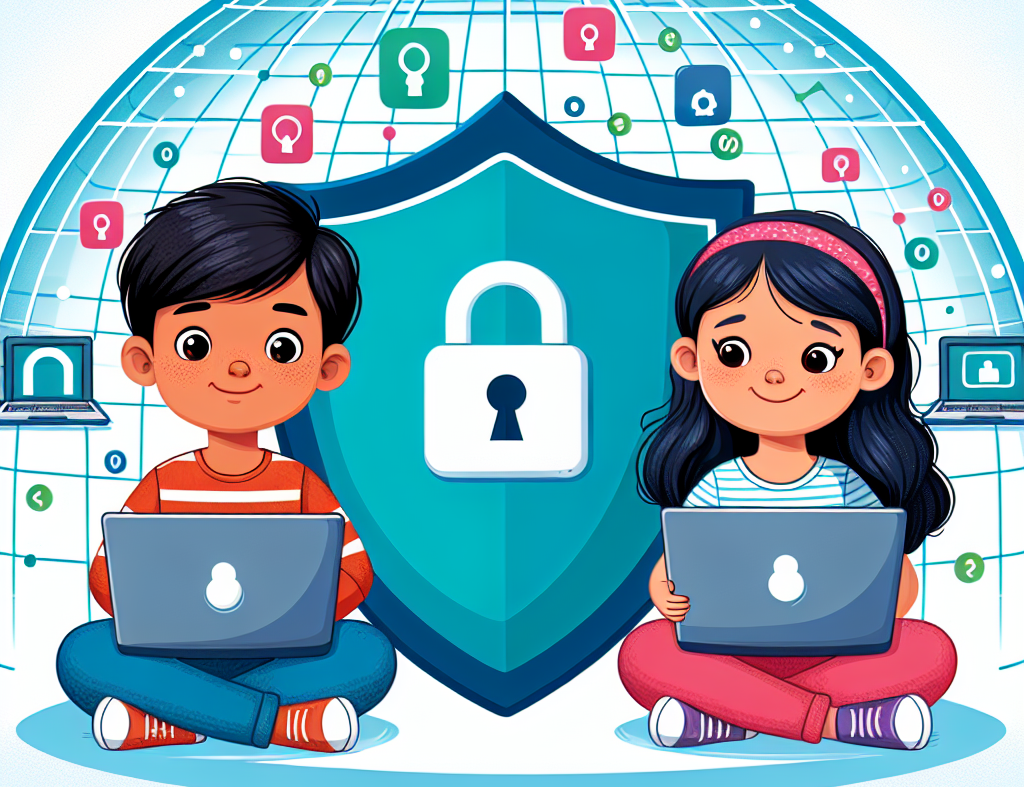Protecting Your Kids Online: Parental Control Tools Explained

Navigating today’s digital landscape with children in tow can feel like steering a ship through stormy seas. With social media, video platforms, games, and endless websites vying for their attention, kids can easily stumble upon inappropriate content or fall prey to online predators. Parental control tools provide a navigational chart, empowering parents to set boundaries, monitor activities, and coach children toward responsible digital citizenship.
Why Online Safety Matters
Children spend an average of several hours a day online. During these sessions, they may:
- Accidentally access violent or sexual content
- Encounter cyberbullying or hateful speech
- Interact with strangers who may have malicious intent
- Develop unhealthy screen habits leading to sleep or concentration issues
By implementing controls early, families can prevent many common online risks and cultivate healthy digital habits.
Types of Parental Control Tools
Parental control solutions fall into three broad categories:
- Content Filters Block websites or apps by category (e.g., adult, gambling, violence).
- Usage Monitors Track time spent on devices or specific apps, generating reports on usage patterns.
- Activity Supervisors Provide real-time alerts for search terms, social posts, or attempts to override limits.
Many platforms combine these functions, offering a single dashboard to manage all settings.
Key Features to Look For
When evaluating tools, prioritize the following capabilities:
- User-friendly dashboard for both desktop and mobile
- Customizable schedules (bedtime locks, school-time restrictions)
- Location tracking and geofencing for smartphones
- Alerts for risky behaviors (e.g., sexting keywords, self-harm content)
- Remote configuration and emergency unlock options
- Detailed activity logs with visual charts
These features equip parents with insight and control without needing to physically handle their child’s device.
Comparing Popular Parental Control Solutions
| Tool Name | Platforms | Free Tier | Premium Pricing | Notable Features |
|---|---|---|---|---|
| Qustodio | Windows, macOS, iOS, Android | Yes | From $54.95/year | Real-time alerts, social network monitoring |
| Norton Family | Windows, Android | No | $49.99/year | School time schedules, location supervision |
| Google Family Link | Android, Chromebook | Yes | N/A | App approvals, screen time controls |
| Microsoft Family Safety | Windows, Xbox, Android, iOS | Yes | Microsoft 365 Family | Content filters, drive safety, shared calendar |
Step-by-Step Setup Guide
- Select a tool compatible with your family’s devices.
- Create parent and child profiles within the app.
- Define time limits, blocking categories, and safe-search filters.
- Link family members’ devices, granting parent-level permissions.
- Schedule weekly check-ins to review reports and adjust rules.
Consistent follow-through reinforces boundaries and prevents children from learning workarounds.
Balancing Control with Trust
Strict restrictions without explanation can fuel resentment or secret behavior. To foster trust:
- Involve children when setting rules so they understand “why” behind each restriction.
- Remain open to adjusting limits as kids demonstrate responsibility.
- Use monitoring insights as conversation starters, not as a police tactic.
Healthy dialogue teaches kids self-regulation, preparing them for greater freedoms as they grow.
Privacy and Legal Considerations
Parental controls operate by collecting data on your child’s device usage. To ensure ethical practice:
- Review the vendor’s privacy policy to confirm how data is stored, shared, or deleted.
- Avoid overly intrusive tools that capture sensitive personal content (e.g., private chats).
- Keep in mind local laws: some regions limit the depth of parental monitoring without consent.
Transparent policies and minimal necessary data collection safeguard both parents and children.
Addressing Common Challenges
Even the best-designed system can face hurdles:
- Tech-savvy kids: They might use VPNs, alternative browsers, or factory resets. Counter this by combining software controls with open conversations about risks.
- Device proliferation: With laptops, tablets, consoles, and phones, managing multiple platforms can be overwhelming. Centralized dashboard tools help consolidate oversight.
- Screen time fatigue: Instead of rigid schedules, build in “flex time” rewards for good behavior or academic achievements.
Flexibility and ongoing adjustment keep controls effective without sparking rebellion.
Integrating Digital Literacy Education
Parental controls serve as a safety net, but real protection comes from teaching kids critical thinking skills online:
- Show them how to verify sources and recognize scams.
- Discuss the permanence of digital footprints and the impact of oversharing.
- Role-play handling cyberbullying or inappropriate friend requests.
Empowered with skills, children can navigate complex online scenarios even when controls aren’t active.
When to Reassess and Adjust
As children mature, their digital needs and responsibilities evolve. Schedule periodic evaluations:
- Elementary school: Emphasize basic content filters and time limits.
- Middle school: Introduce monitored social media access and guided online research.
- High school: Shift toward collaborative, trust-based agreements with limited monitoring.
Adjusting controls to fit developmental stages nurtures independence while maintaining safety.
Beyond Software: Building a Healthy Tech Culture
A holistic approach to digital well-being includes more than apps:
- Create tech-free zones (dining table, bedrooms) to encourage face-to-face interaction.
- Plan offline hobbies—sports, arts, family game nights—to reduce screen dependency.
- Model balanced behaviors by limiting your own device overuse.
When technology becomes one facet of life rather than the centerpiece, kids learn moderation naturally.
Conclusion
No single parental control tool offers a silver-bullet solution. The most effective strategy blends robust software features with transparent communication, digital literacy education, and evolving family agreements. By choosing the right controls, guiding children through initial learning curves, and adjusting rules as they grow, parents can create an online environment that is both secure and empowering.





